Writing Teaching Resources
Teaching writing strategies and the writing process this school year? Explore a comprehensive collection of teacher resources for primary English teachers — all created by teachers!
Stocked with graphic organisers, writing prompts, templates, worksheets and so much more, this collection of printable and digital activities is designed to help you as you help your students become more effective communicators and unleash their creativity and imagination.
Save time on lesson planning with resources that are aligned with the Australian curriculum (including version 9!) and have been through a careful review process by an expert member of our teacher team to ensure they're ready for your classroom and your students!
Are you looking for tips and tricks to add to your teacher toolkit this school year? Read on for a primer from our teacher team, including engaging activities for teaching writing inprimary school and a look at some of the different writing strategies your students will need to learn.
11 Writing Strategies Kids Should Know by the End of Primary School
We can't talk about teaching kids to write without talking about the different writing strategies that can help them do just that!
When it comes to teaching our students to become confident writers who articulate their ideas effectively, here are some of the strategies our teacher team prioritises:
1. Brainstorming
Brainstorming is something we often do in the classroom, and it's a crucial part of learning to generate the ideas that will drive students' writing as they progress through their educational journey. Kids should know how to create a list of potential topics or points related to a particular writing assignment.
With younger students, this is often done as a whole group by writing ideas and points on chart paper. In upper years, students transition over to using text-based materials to generate ideas and talking points.
2. Outlining
Before diving directly into any assignment, our students should be able to create a structured framework or outline. Teaching students how to create this outline will help them organise their thoughts and arguments for penning their essays, reports and research papers.

3. Using Graphic Organisers
Technically graphic organisers are classroom tools, so you may not think of their use as a writing strategy per se. However, learning to use these tools is another means of providing kids with the tools they need to organize their ideas and information before they sit down to write.
These organisers are particularly useful for expository writing — students can use them to outline main ideas, supporting details, and transitions.
Students can also take advantage of story maps when they are working on narrative writing to plot the key elements of a story, such as characters, setting, conflict, rising action, climax and resolution.
Graphic organisers such as the OREO strategy and hamburger paragraph are also great tools for students to use when working with opinion and persuasive texts.
4. Freewriting
Writer's block is the enemy of creativity, and it can easily frustrate young students who don't know where to begin.
When students freewrite, they write continuously without worrying about grammar or punctuation. This writing strategy can be extremely freeing — hence the name! — and helps frustrated writers move past that writer's block, generating fresh ideas.

5. Peer Editing
Learning to review and provide constructive feedback on each other's work is a great writing strategy to employ in your classroom to help students improve their writing quality and enhance their editing skills.
The strategy allows your students to learn from one another, and it arms them with an important tool they can use well into the future — calling on peers to provide a critical eye to a piece of writing.
6. Using Sensory Language
Working on descriptive writing? With this writing strategy, students engage the reader's senses through vivid and sensory language to create a more immersive experience.
7. Including Transitions and Connectives
As students become more proficient in the writing process, learning to use transitional words and phrases allows them to create smooth transitions between sentences and paragraphs. This strategy makes their writing more coherent and polished.
8. Incorporating Evidence
In persuasive, opinion and expository writing, students are taught to support their claims with evidence and examples to strengthen their arguments.
It takes some practice to train your students to use evidence in their writing, so it's often a good idea to start with something simple, like the R.A.C.E.S. strategy.
9. Crafting a Thesis Statement
In expository, opinion and persuasive writing, crafting clear and concise thesis statements that summarise the main point or argument of their essay helps students be more focused and organised in their writing.
This strategy can also have the effect of empowering students to express their ideas confidently and persuasively.
10. Incorporating Introductions and Conclusions
With this strategy, students practice crafting effective introductions and conclusions that grab the reader's attention and leave a lasting impression.
11. Following a Revision Checklist
Teaching your students to use a revision checklist is a strategy that will help them be more self-reflective, evaluating their own writing against the checklist criteria and becoming more aware of their strengths and weaknesses.

- Plus Plan
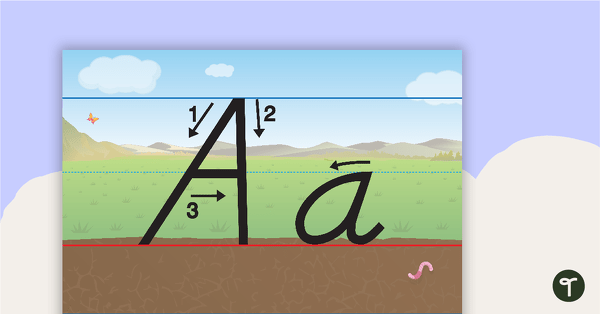
Handwriting Posters - Dirt, Grass and Sky Background With Arrows
Handwriting posters using a dirt, grass and sky background with arrows.
- Plus Plan
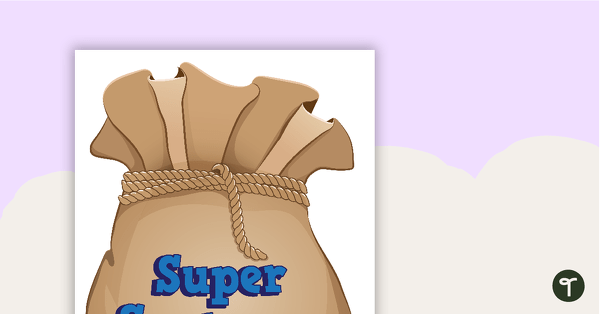
Super Sentence Starter Sack
Choose a sentence starter from the Super Sentence Sack to start your students off and writing.
- Plus Plan
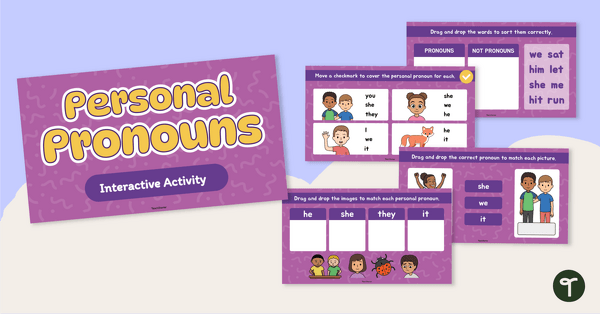
Personal Pronouns Interactive Activity
Use these digital personal pronouns exercises in your grammar lessons to give your students practice in using these essential parts of speech.
- Plus Plan
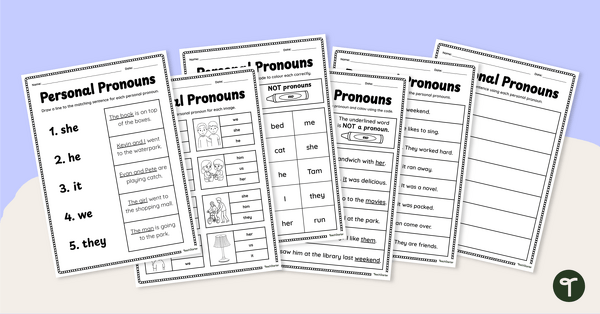
Personal Pronouns Worksheet Pack
Use these personal pronouns worksheets to get your students identifying and using these essential parts of speech.
- Plus Plan
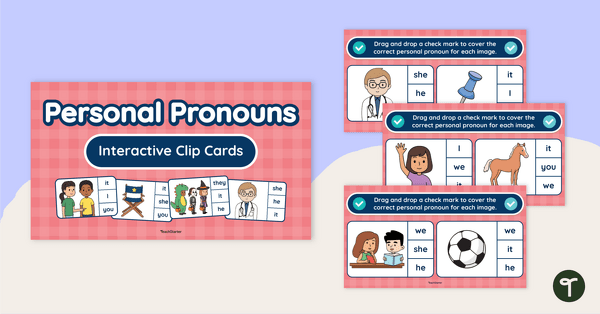
Personal Pronouns Interactive Peg Cards
Do some pronouns practice with your students using this set of 24 digital peg cards.
- Plus Plan
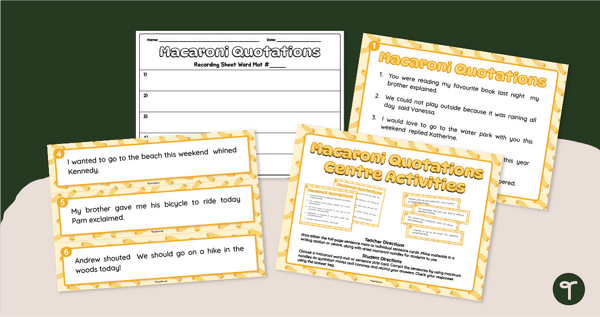
Macaroni Quotation Marks Punctuation Station
Practise using quotation marks in sentences with an engaging Macaroni Noodle Quotation Marks Writing Centre!
- Plus Plan
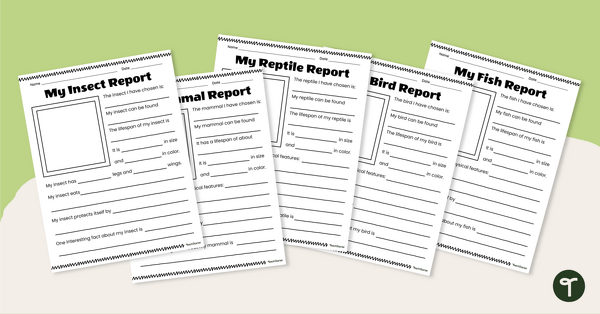
Animal Information Report Cloze Worksheets
Get your students to write a simple information report on an animal with this set of structured templates.
- Plus Plan

Stretchy Sentences Worksheet
Use this worksheet to help your students write detailed and descriptive sentences.
- Plus Plan
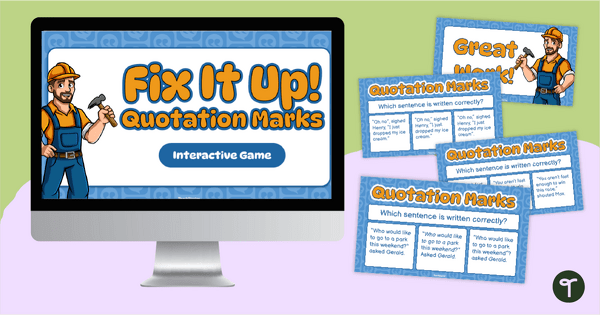
Quotation Punctuation Interactive Game
Make learning about quotation marks more exciting with an Interactive Quotation Marks Punctuation Game!
- Plus Plan
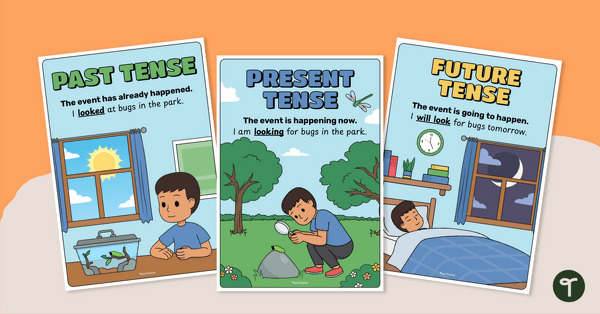
Past Tense, Present Tense and Future Tense Posters
Help your students understand verb tense with this set of past, present and future tense poster examples.
- Plus Plan
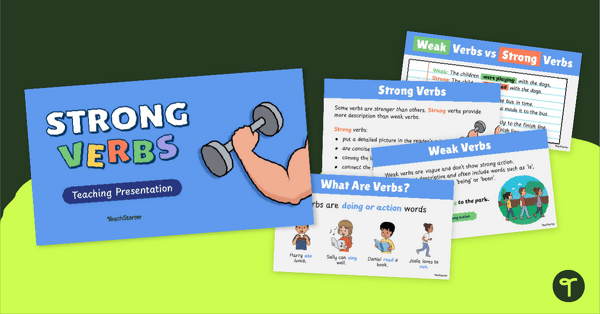
Strong Verbs Teaching Slides
Discover how to use strong verbs in sentences with this set of teaching slides.
- Plus Plan

A or An? - Worksheets
Teach when to use A or An as an article with a printable pack of 'A or An' Worksheets.
- Plus Plan
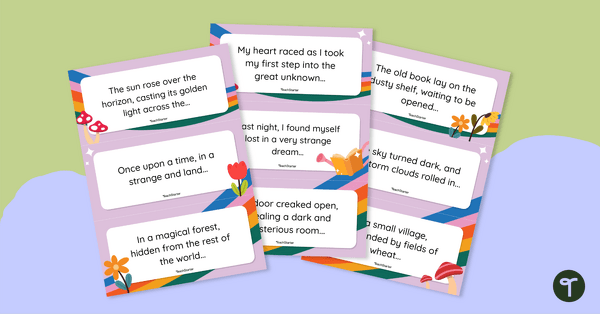
Inspiring Story Starters Task Cards
Get your students writing inspiring stories with this set of story starter task cards.
- Plus Plan
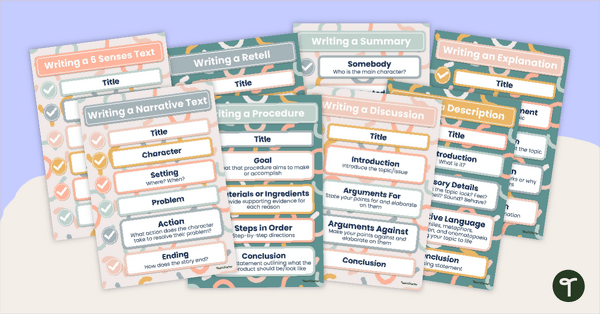
Text Type Structure Poster Display Pack
Display these posters in your room as a visual reminder of the structure of a variety of text types.
- Plus Plan
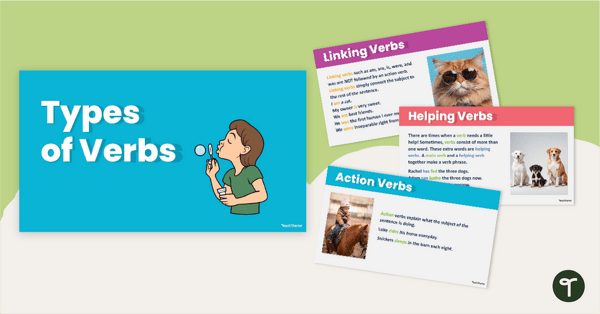
Types of Verbs Teaching Slides
Teach students about the different types of verbs with this set of 38 teaching slides with activities.
- Plus Plan
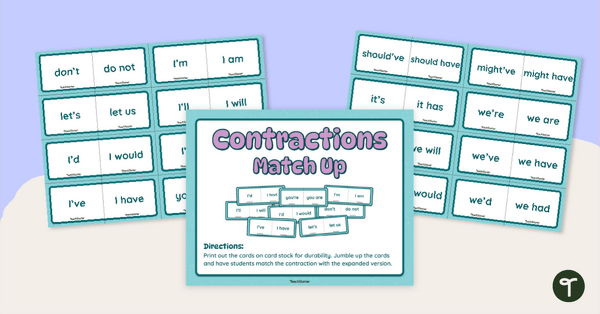
Contraction Match-Up Cards
Practise matching contractions with their expanded form with this extensive collection of match up cards.
- Plus Plan
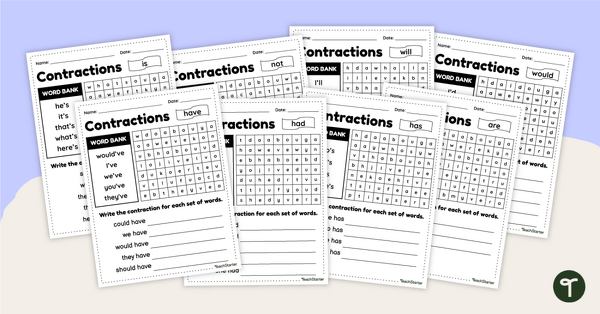
Contractions Practise Worksheets
Reinforce the concept of contractions with eight worksheets designed for primary learners.
- Plus Plan
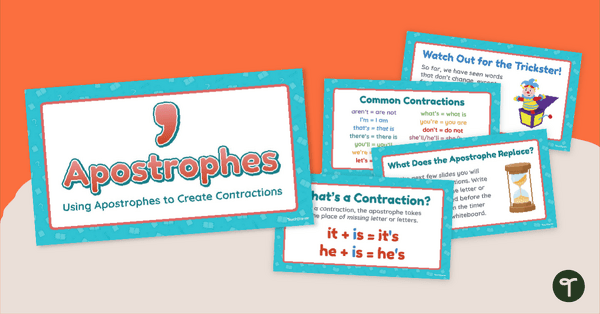
Apostrophes in Contractions Teaching Presentation
Teach your students to use apostrophes to form contractions with an Apostrophe teaching presentation.
- Plus Plan
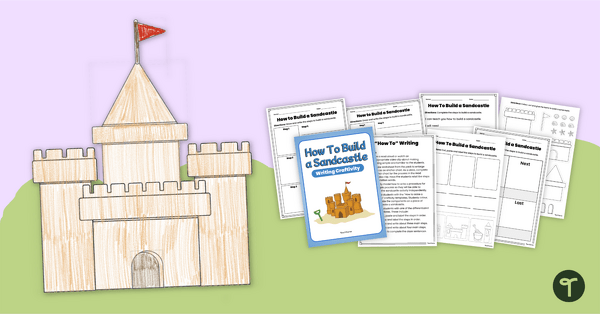
How to Build a Sandcastle – Procedural Writing Craftivity
Use this engaging, hands-on sandcastle craft activity to teach your students all they need to know about procedural writing!
- Plus Plan
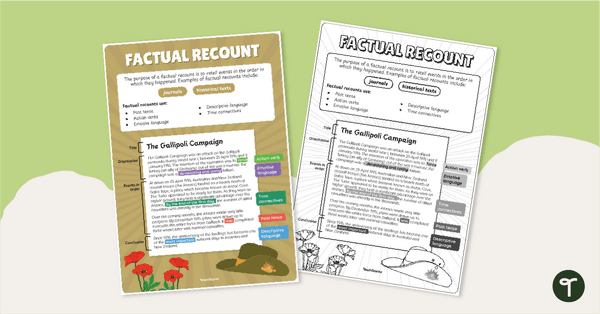
Factual Recount Text Type Poster With Annotations
Display this Factual Recount text with annotations to help students identify the structure of this type of text.
- Plus Plan
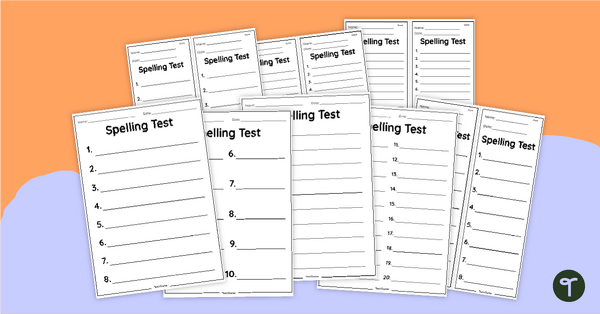
Spelling Test Template Pack
Make those Friday spelling assessments easier with a pack of printable Spelling Test Templates!
- Plus Plan
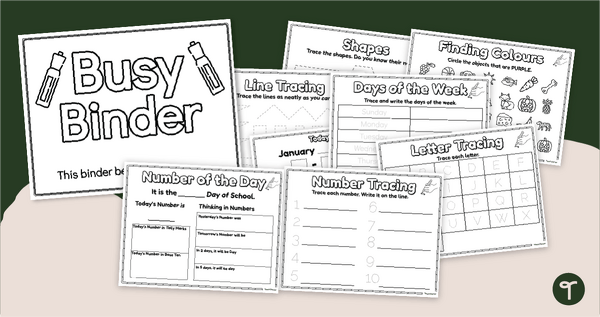
Busy Binder - Morning Work Pages for Kindergarten
Review daily calendar, maths, literacy, and fine motor skills with a printable morning work pages for kindergarten!
- Plus Plan
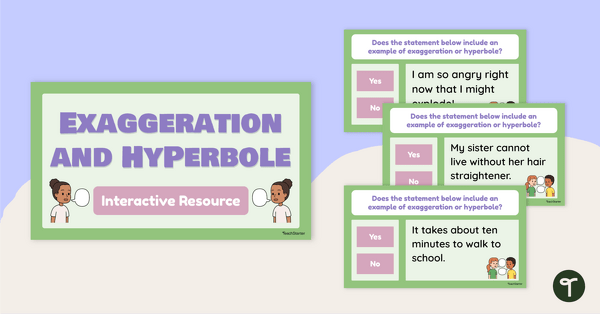
Exaggeration and Hyperbole Interactive Activity
Explore hyperbole examples with your students using this digital game perfect for lesson warm-ups or lesson wrap-ups.
- Plus Plan
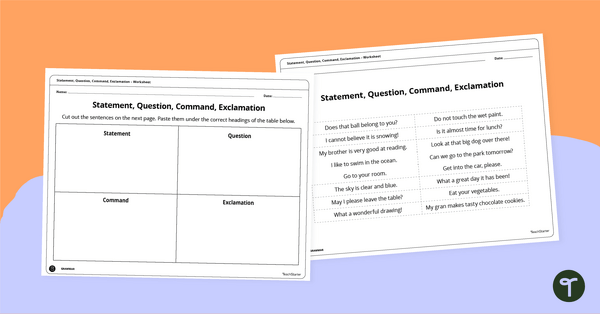
Statement, Question, Command, Exclamation – Cut and Paste Worksheet
Identify statement, command, question, and exclamation sentences with a Types of Sentences Cut and Paste worksheet for Year 2.
- Plus Plan
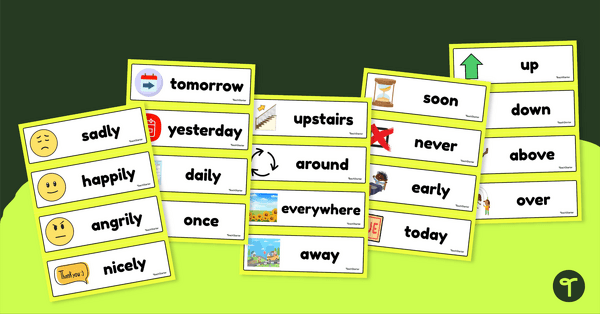
Adverb Vocabulary Cards
Display this word wall featuring a list of adverbs in your classroom to encourage your students to explore and use adverbs in their writing!
- Plus Plan
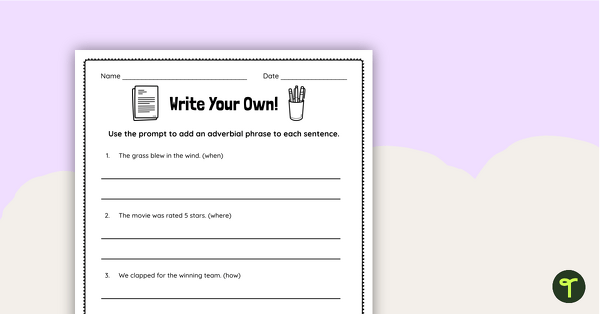
Write Your Own Adverbial Phrases Worksheet
Use this set of differentiated adverbs worksheets to assess students’ ability to add adverb groups into simple sentences.
- Plus Plan
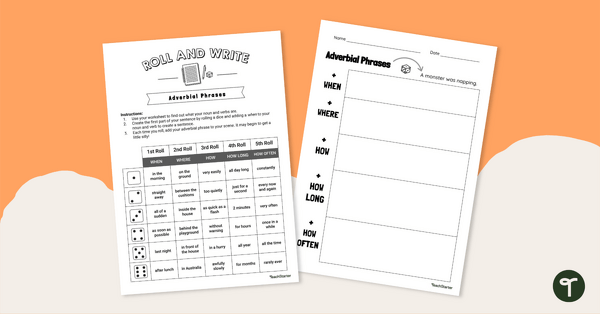
Adverbial Phrases Roll and Write Activity
Along with your students, roll and write your way to hilarious silly sentences with adverb phrases with this printable worksheet!
- Plus Plan
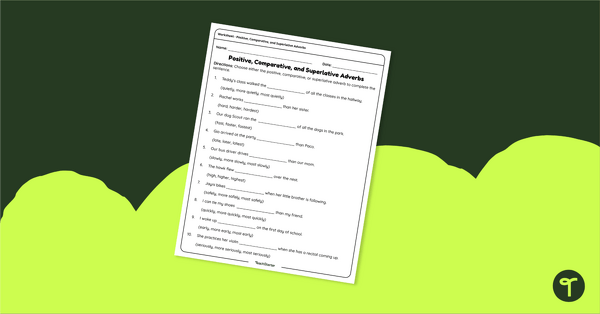
Positive, Comparative, Superlative Adverbs Worksheet
Give your students practise using positive, comparative, and superlative adverbs with an adverb worksheet.
- Plus Plan

The Evolution of Technology - Research Project
Explores the evolution of technology over time with a handy research project.
- Plus Plan
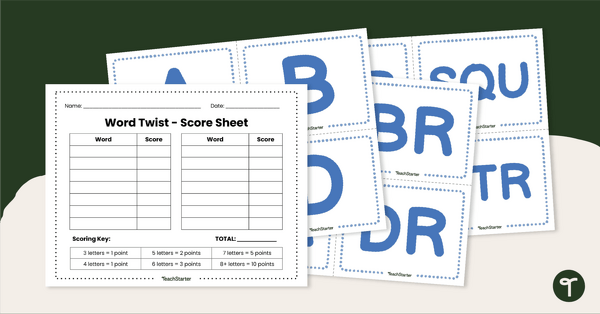
Word Twist – Word Building Game
Encourage word building in your classroom with this fun Boggle-style game!
- Plus Plan
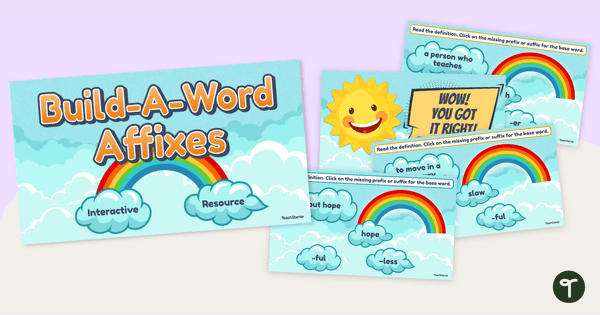
Rainbow Affixes - Prefix and Suffix Interactive
Define words with prefixes and suffixes with a self-checking interactive game!
- Plus Plan
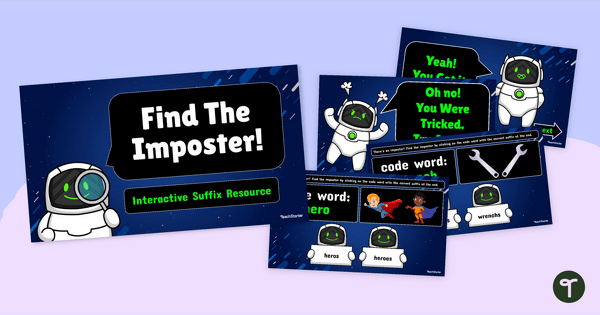
Find The Imposter! Interactive Suffix Game
Practice using the suffixes -s and -es to pluralize words with an exciting FInd the Imposter Interactive activity.
- Writing Worksheets
- Writing Templates
- Writing Games
- Writing Posters
- Writing Teaching Presentations
- Writing Labels, Signs & Decorations
- Writing Word Walls
- Writing Projects
- Writing for Preschool/Kindergarten
- Writing for Foundation Year
- Writing for Year 1
- Writing for Year 2
- Writing for Year 3
- Writing for Year 4
- Writing for Year 5
- Writing for Year 6
- Writing for Year 7